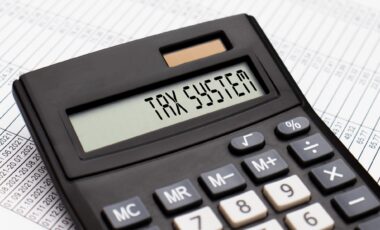As tax refunds begin to roll out across Australia, Services Australia has issued a reminder that some individuals may receive smaller-than-expected returns. The agency, which oversees Centrelink programs, has confirmed it will use Australian Taxation Office (ATO) refunds to recover certain types of debts.
The practice is not new but remains a key part of how the government manages overpayments and outstanding welfare obligations. With the 2024–2025 financial year tax cycle underway, many Australians are now being advised to review their status with Centrelink before lodging their returns.
Automatic Offset for Unpaid Centrelink Debts
Services Australia has the legal authority to recover unpaid debts by intercepting ATO-issued tax refunds. This process is known as a credit offset, and it applies when an individual has not set up an active repayment arrangement or is not currently making regular payments.
The agency clarified that this policy affects a range of former and current Centrelink recipients. These include individuals who previously received Family Tax Benefit or Child Care Subsidy payments, as well as those with unresolved Child Support obligations. Tax refunds may be reduced to repay debts unless the individual has paused repayments due to a disaster event or is undergoing a formal debt review.
Family Tax Benefit and Child Care Subsidy Overpayments
Each year, Services Australia begins the process of balancing Family Tax Benefit accounts in July, followed by the Child Care Subsidy program in mid-August. During this process, it reviews each recipient’s income and benefits data to identify potential overpayments.
If a person has received more than they were entitled to during the year, the excess is classified as a debt. Before paying out any top-ups, lump sums, or supplements, the agency deducts these amounts from tax refunds to settle the outstanding balance. This practice applies even if the recipient no longer receives Centrelink benefits.
Repayment Enforcement for Child Support Debts
Parents with unpaid Child Support debts are also subject to refund offsets. In these cases, Services Australia may use all or part of a tax refund to settle overdue amounts. If an individual has been overpaid Child Support, the same refund mechanism is used to recover the difference.
To mitigate hardship, the agency encourages parents with outstanding child support to contact the Child Support enquiry line before lodging their tax returns. While the refund deduction is automatic, early communication may allow for the establishment of a payment arrangement or an exemption in cases of severe financial difficulty.
Communication and Transparency Measures
When a tax refund is reduced due to Centrelink-related debt, the deduction is reflected in the individual’s Notice of Assessment from the ATO. It is labeled as a “Credit Offset to Centrelink” and details the amount redirected to Services Australia.
Former Centrelink customers affected by this policy will also receive written notification from the agency. This letter outlines the nature of the debt, the amount repaid through the tax refund, and the remaining balance, if applicable. Services Australia maintains that all deductions follow legal guidelines and are conducted to ensure repayment of public funds.
Centrelink issues ATO tax refund warning: ‘Repay it’ https://t.co/VUidjrGc7h
— Yahoo Finance Australia (@YahooFinanceAU) July 14, 2025
Options for Debt Management and Repayment
Australians with existing Centrelink debts are advised to establish repayment plans to avoid future refund offsets. Services Australia offers various options for managing repayment schedules, especially in cases where individuals are no longer receiving welfare support.
Those who believe they have been incorrectly charged or who face financial hardship due to recovery actions may request a formal review. In such cases, tax refund deductions are temporarily suspended until a decision is made. Further information is available through Services Australia’s official website and the ATO’s tax return support services.









